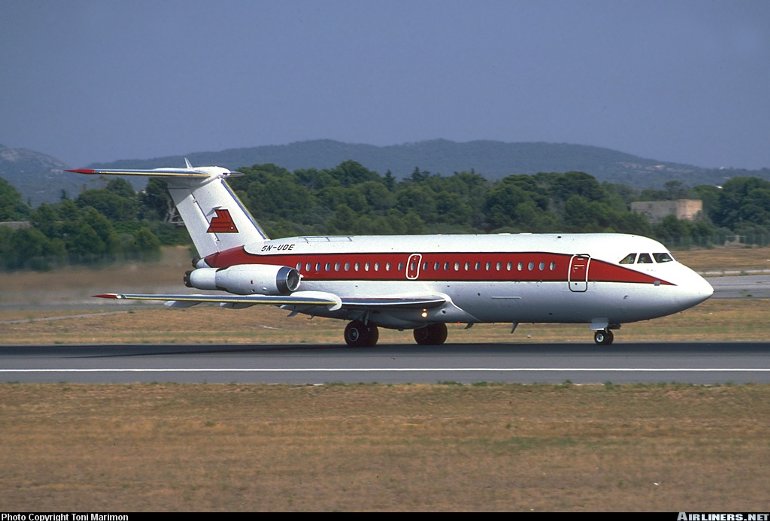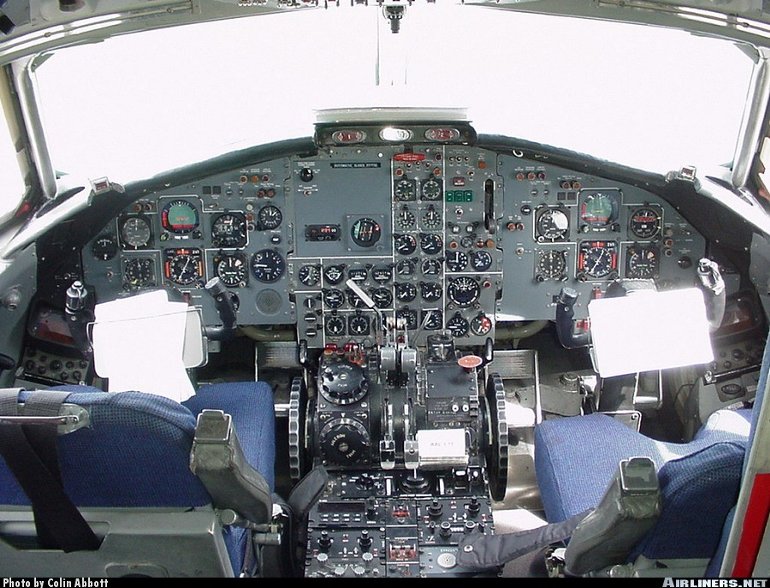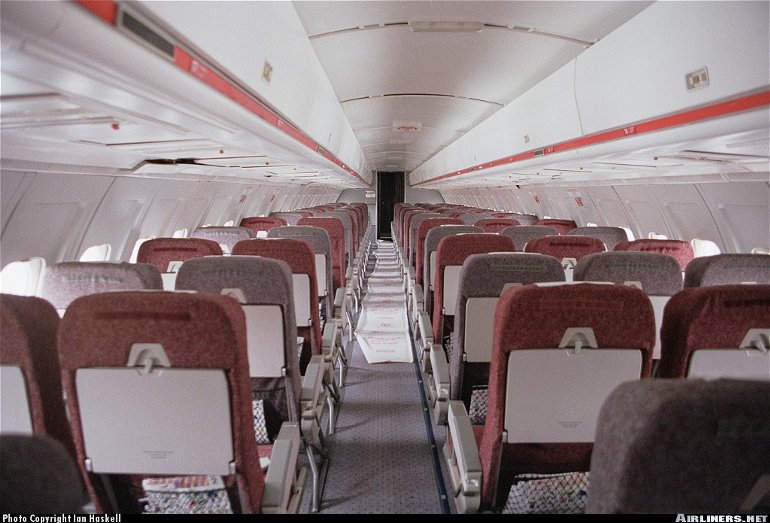Aircraft Technical Data
BAC 111 One-Eleven



| Details | |
| Country of Origin | United Kingdom |
| Type | Short haul airliner |
| History | The One-Eleven can trace its origins back to the proposed Hunting H-107 jet airliner project of 1956. Protracted development followed, but by 1961, when Hunting had been absorbed into British Aircraft Corporation (BAC), a larger Rolls-Royce Spey turbofan powered design was finalised. British United Airways placed a launch order for 10 of the new jets, then known as the BAC-111, in May 1961. The new aircraft took to the skies for the first time on August 20 1963, while the first production Series 200 first flew on December 19 1963. Certification was eventually awarded on April 6 1965, following a troubled flight test program, during which one prototype crashed with the loss of its crew, the cause attributed to deep stall from the rear engine and the T-tail configuration. With the deep stall issue resolved, the BAC-111 entered service on April 6 1965. Development of the basic Series 200 led to the higher weight Series 300, followed by the Series 400 designed for American requirements with a higher US equipment content. The Series 500 introduced a 4.11m (13ft 6in) stretched fuselage and lengthened wings and greater seating capacity for up to 119 passengers. It first flew (converted from a -400) on June 30 1967. The Series 475 was optimised for hot and high operations and combined the Series 500's more powerful engines with the earlier shorter length fuselage. The last UK built One-Eleven (by this time a British Aerospace product) flew in 1982, by which time production was progressively being transferred to Bucuresti in Romania where nine were built as the Rombac 1-11. In the mid 1990s Bucuresti was working on a Rolls-Royce Tay 650 powered development called the Airstar 2500. The Airstar was planned to fly in late 1996 but the program has been suspended. In the USA, Dee Howard converted two Srs 400 to Tay powered Srs 2400. |
| Powerplants | Srs 200 - Two 45.9kN (10,330lb) Rolls-Royce Spey Mk 506 turbofans. Srs 400 - Two 50.7kN (11,400lb) Spey Mk 511s. Srs 500 - Two 55.6kN (12,500lb) Spey Mk 512-14DWs. |
| Performance | Max cruising speed 870km/h (470kt), economical cruising speed 742km/h (400kt). Srs 200 - Range with typical payload 1410km (760nm). Srs 400 - Range with typical payload 2300km (1240nm). Srs 500 - Range with typical payload 2745km (1480nm). |
| Weights | Srs 200 - Empty 21,049kg (79,000lb), max takeoff 35,833kg (79,000lb). Srs 400 - Empty 22,493kg (49,857lb), max takeoff 40,153kg (88,500lb). Srs 500 - Operating empty 24,758kg (54,582lb), max takeoff 47,400kg (104,500lb). |
| Dimensions | Srs 200/300/400 - Wing span 26.97m (88ft 6in), length 28.50m (93ft 6in), height 7.47m (24ft 6in). Wing area 93.2m2 (1003sq ft). Srs 500 - Wing span 28.50m (93ft 6in), length 32.61m (107ft 0in). Wing area 95.8m2 (1031sq ft). |
| Capacity | Flightcrew of two. Srs 200/300/400/475 - Single class seating for up to 89 passengers. Srs 500 - Typical seating for 97-109 passengers, max seating for 119 |
| Production | UK total 235, comprising 58 Srs 200s, nine Srs 300s, 70 Srs 400s, 86 Srs 500s and 12 production 475s. Nine 561s built by Bucuresti in Romania. Approximately 90 One Elevens were in service in late 2000, and 61 early 2003. |
| Related Links | BAC 111 One-Eleven |
The backbone of this section is from the The International Directory of Civil Aircraft by Gerard Frawley and used with permission. To get your own copy of the book click here. |
|








